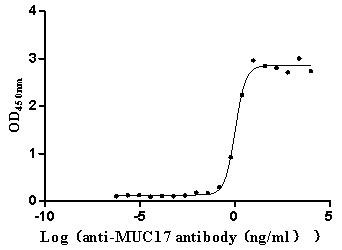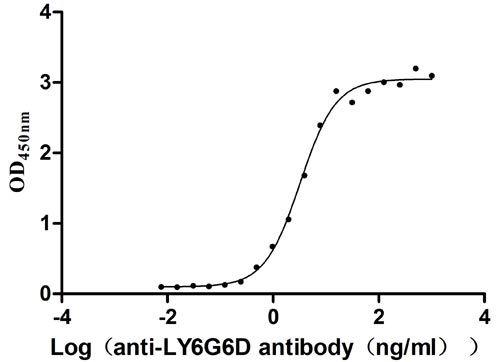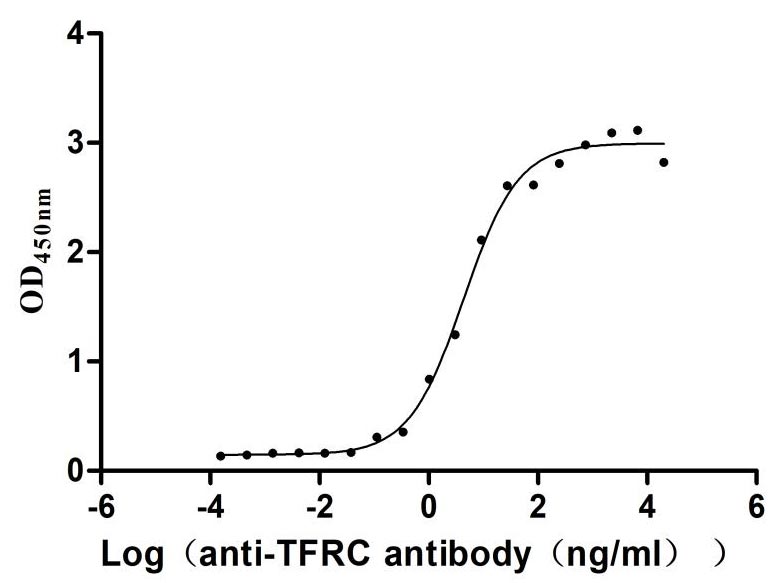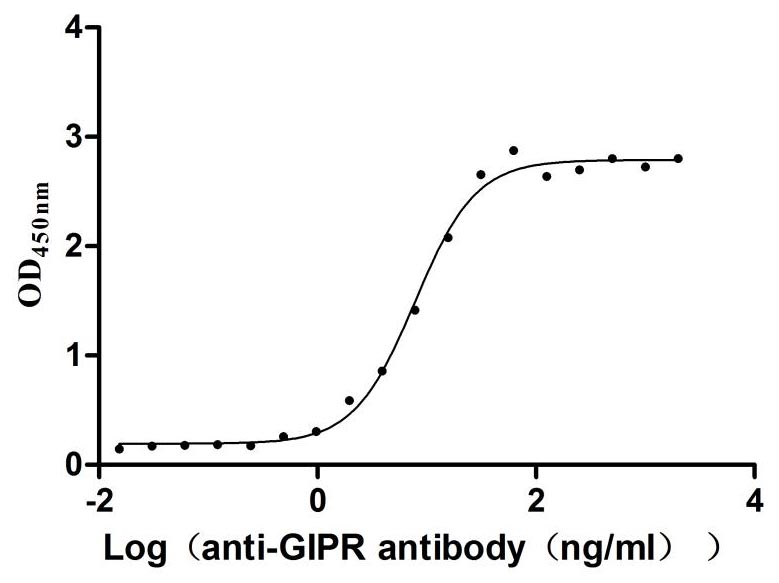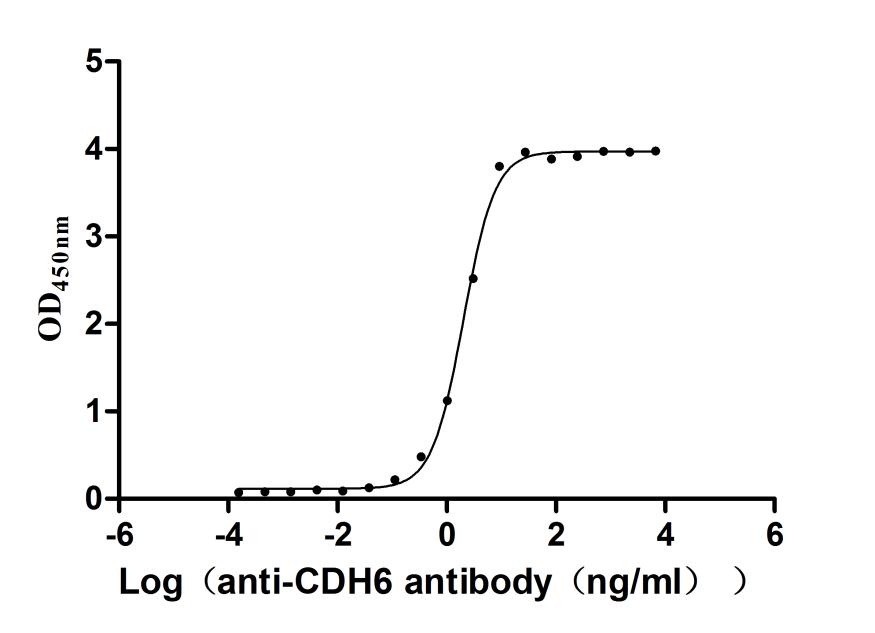Recombinant Mouse Calmodulin-regulated spectrin-associated protein 2 (Camsap2), partial
-
中文名稱:Recombinant Mouse Calmodulin-regulated spectrin-associated protein 2(Camsap2) ,partial
-
貨號:CSB-YP804903MO
-
說明書:
-
規格:
-
來源:Yeast
-
其他:
-
中文名稱:Recombinant Mouse Calmodulin-regulated spectrin-associated protein 2(Camsap2) ,partial
-
貨號:CSB-EP804903MO
-
說明書:
-
規格:
-
來源:E.coli
-
其他:
-
中文名稱:Recombinant Mouse Calmodulin-regulated spectrin-associated protein 2(Camsap2) ,partial
-
貨號:CSB-EP804903MO-B
-
說明書:
-
規格:
-
來源:E.coli
-
共軛:Avi-tag Biotinylated
E. coli biotin ligase (BirA) is highly specific in covalently attaching biotin to the 15 amino acid AviTag peptide. This recombinant protein was biotinylated in vivo by AviTag-BirA technology, which method is BriA catalyzes amide linkage between the biotin and the specific lysine of the AviTag.
-
其他:
-
中文名稱:Recombinant Mouse Calmodulin-regulated spectrin-associated protein 2(Camsap2) ,partial
-
貨號:CSB-BP804903MO
-
說明書:
-
規格:
-
來源:Baculovirus
-
其他:
產品詳情
-
純度:>85% (SDS-PAGE)
-
基因名:Camsap2
-
Uniprot No.:
-
別名:Camsap2; Camsap1l1; Kiaa1078Calmodulin-regulated spectrin-associated protein 2; Calmodulin-regulated spectrin-associated protein 1-like protein 1
-
種屬:Mus musculus (Mouse)
-
蛋白長度:Partial
-
蛋白標簽:Tag?type?will?be?determined?during?the?manufacturing?process.
The tag type will be determined during production process. If you have specified tag type, please tell us and we will develop the specified tag preferentially. -
產品提供形式:Lyophilized powder Warning: in_array() expects parameter 2 to be array, null given in /www/web/cusabio_cn/public_html/caches/caches_template/default/content/show_product_protein.php on line 662
Note: We will preferentially ship the format that we have in stock, however, if you have any special requirement for the format, please remark your requirement when placing the order, we will prepare according to your demand. -
復溶:We recommend that this vial be briefly centrifuged prior to opening to bring the contents to the bottom. Please reconstitute protein in deionized sterile water to a concentration of 0.1-1.0 mg/mL.We recommend to add 5-50% of glycerol (final concentration) and aliquot for long-term storage at -20℃/-80℃. Our default final concentration of glycerol is 50%. Customers could use it as reference.
-
儲存條件:Store at -20°C/-80°C upon receipt, aliquoting is necessary for mutiple use. Avoid repeated freeze-thaw cycles.
-
保質期:The shelf life is related to many factors, storage state, buffer ingredients, storage temperature and the stability of the protein itself.
Generally, the shelf life of liquid form is 6 months at -20°C/-80°C. The shelf life of lyophilized form is 12 months at -20°C/-80°C. -
貨期:Delivery time may differ from different purchasing way or location, please kindly consult your local distributors for specific delivery time.Note: All of our proteins are default shipped with normal blue ice packs, if you request to ship with dry ice, please communicate with us in advance and extra fees will be charged.
-
注意事項:Repeated freezing and thawing is not recommended. Store working aliquots at 4°C for up to one week.
-
Datasheet :Please contact us to get it.
靶點詳情
-
功能:Key microtubule-organizing protein that specifically binds the minus-end of non-centrosomal microtubules and regulates their dynamics and organization. Specifically recognizes growing microtubule minus-ends and autonomously decorates and stabilizes microtubule lattice formed by microtubule minus-end polymerization. Acts on free microtubule minus-ends that are not capped by microtubule-nucleating proteins or other factors and protects microtubule minus-ends from depolymerization. In addition, it also reduces the velocity of microtubule polymerization. Through the microtubule cytoskeleton, also regulates the organization of cellular organelles including the Golgi and the early endosomes. Essential for the tethering, but not for nucleation of non-centrosomal microtubules at the Golgi: together with Golgi-associated proteins AKAP9 and PDE4DIP, required to tether non-centrosomal minus-end microtubules to the Golgi, an important step for polarized cell movement. Also acts as a regulator of neuronal polarity and development: localizes to non-centrosomal microtubule minus-ends in neurons and stabilizes non-centrosomal microtubules, which is required for neuronal polarity, axon specification and dendritic branch formation. Through the microtubule cytoskeleton, regulates the autophagosome transport.
-
基因功能參考文獻:
- CAMSAP2 and -3 work together to maintain noncentrosomal microtubules in epithelial cells, suppressing the microtubule-organizing ability of the centrosome. PMID: 23169647
-
亞細胞定位:Cytoplasm, cytoskeleton. Golgi apparatus. Cytoplasm. Cytoplasm, cytoskeleton, cilium basal body.
-
蛋白家族:CAMSAP1 family
-
數據庫鏈接:
Most popular with customers
-
Recombinant Human Tumor necrosis factor receptor superfamily member 14 (TNFRSF14), partial (Active)
Express system: Mammalian cell
Species: Homo sapiens (Human)
-
Recombinant Human Interleukin-17A (IL17A) (T26A) (Active)
Express system: Baculovirus
Species: Homo sapiens (Human)
-
Recombinant Human Mucin-17 (MUC17), partial (Active)
Express system: Mammalian cell
Species: Homo sapiens (Human)
-
Recombinant Human Lymphocyte antigen 6 complex locus protein G6d (LY6G6D) (Active)
Express system: Yeast
Species: Homo sapiens (Human)
-
Recombinant Human Transferrin receptor protein 1 (TFRC), partial (Active)
Express system: Mammalian cell
Species: Homo sapiens (Human)
-
Recombinant Human Interleukin-2 receptor subunit alpha (IL2RA), partial (Active)
Express system: Mammalian cell
Species: Homo sapiens (Human)
-
Recombinant Rat Gastric inhibitory polypeptide receptor (Gipr), partial (Active)
Express system: Mammalian cell
Species: Rattus norvegicus (Rat)
-
Recombinant Mouse Cadherin-6 (Cdh6), partial (Active)
Express system: Mammalian cell
Species: Mus musculus (Mouse)


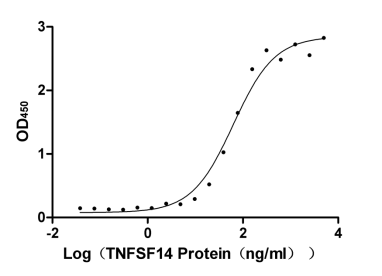
-AC1.jpg)
